Act Now - Limited Time Offer
$67 Pest Control

Jakob Beltran
Pest Control Technician
Chris Mosby
Pest Control Technician
Jackie Murphy
Sales Representative
The American dog tick, sometimes known as the wood tick, is found across the U.S., except in the Rocky Mountain region. These ticks are brown with grayish-white spots and range in size from 3/16” to 5/8” when engorged. They are oval and flat, with larvae having six legs and adults eight legs.
Though dogs are their preferred host, they can bite humans and spread diseases like Rocky Mountain spotted fever. The risk of encountering these ticks is higher in spring and early summer. Keeping lawns well-maintained and checking pets frequently helps prevent infestations.
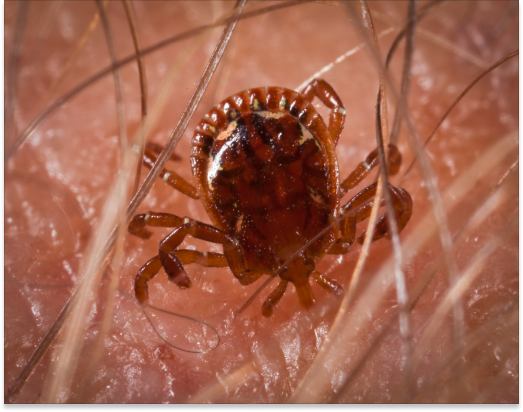
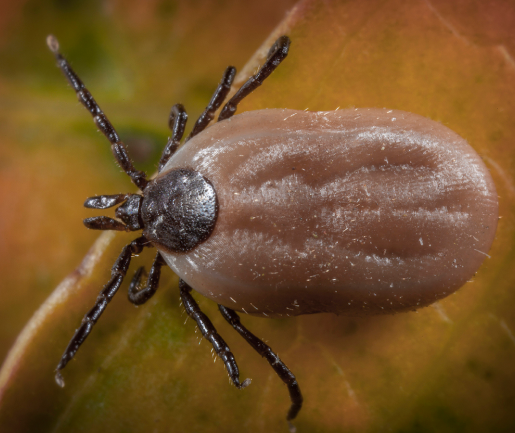
The Brown Dog Tick is a reddish-brown tick that usually targets dogs, thriving in warmer regions like California. If a dog isn’t available, these ticks might bite humans.
Adult ticks are about 1/8″ in size, growing to 1/2″ after feeding. These ticks have six legs as larvae, and develop eight legs as nymphs and adults. Removing them from pets as soon as possible is important to avoid health complications. Check pets often and clean their surroundings to minimize tick infestations.
Pacific Coast ticks are commonly found in shrublands and trails stretching from Oregon to Baja California, and they are present in Orangevale as well. These ticks are most active in cooler months, especially during April and May. While adults typically feed on large mammals like cattle, deer, and horses, they will bite dogs and humans too.
These ticks can spread diseases such as Rocky Mountain spotted fever, tularemia, and bovine anaplasmosis. Tick-bite paralysis has been reported in cattle and ponies. Roughly 11% of adult Pacific Coast ticks carry bacteria that cause Pacific Coast tick fever, which can often be confused with Rocky Mountain spotted fever.
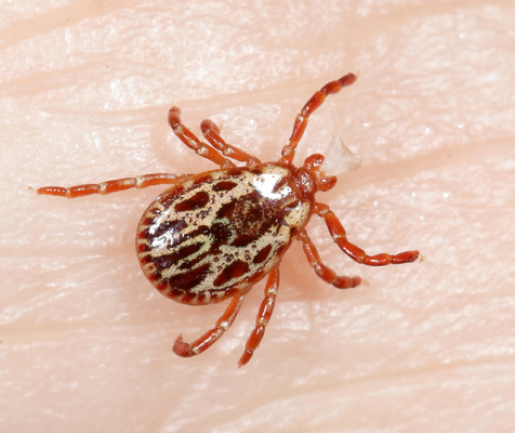
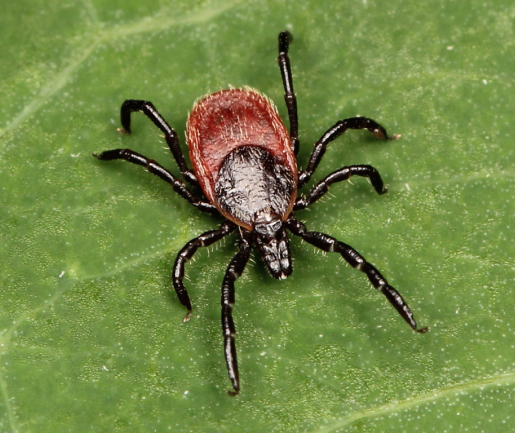
The Western Black-Legged Tick is prevalent along the Pacific Coast, extending into British Columbia. It is a significant carrier of Lyme disease in these areas. The tick prefers habitats like forests, grasslands, and areas near water, and can also be found in scrubby areas. This tick is closely related to the Eastern Black-Legged Tick but is more common on the West Coast.
Adult ticks are most active from winter through early summer. Nymphs are prevalent during the spring months of April, May, and June. These immature ticks feed on small creatures like rodents and lizards, and rarely bite people or pets. Yard maintenance and debris removal can reduce the chances of ticks in your surroundings.
The tick control process at Orangevale Pest Control begins with a meticulous inspection of your property by our experienced technician. They will identify tick-prone areas like tall grass, bushes, and shaded spots, ensuring no potential habitat is missed.
We also pay special attention to spaces where your pets are active, as ticks tend to gather there. This thorough inspection is key to delivering a custom treatment plan that ensures a safe, tick-free environment for you and your family.

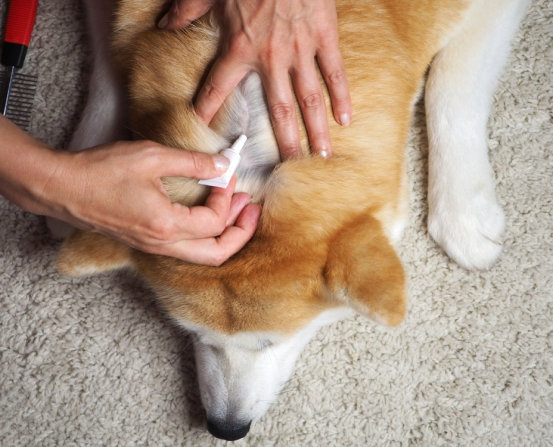
Our tick control process starts by determining your treatment needs, whether you require indoor, outdoor, or both types of services. Homes with pets often benefit from treating both areas for maximum coverage. This consultation helps us plan effectively for your property.
Our technician will then inspect your yard to identify key tick-prone areas. We treat up to half an acre with moisture-activated granules designed to last. For larger yards, additional coverage is available for an extra fee. Indoors, we use a B&G sprayer for precise application.
Two weeks after the first tick treatment, we offer a free follow-up visit to eliminate any newly hatched ticks. Our technician will inspect the treated indoor and outdoor areas to ensure thorough tick control.
We’ll reapply treatments as needed to break the tick life cycle and prevent reinfestation. Our priority is to keep your home and yard free of ticks, giving your pets and family a safe space.

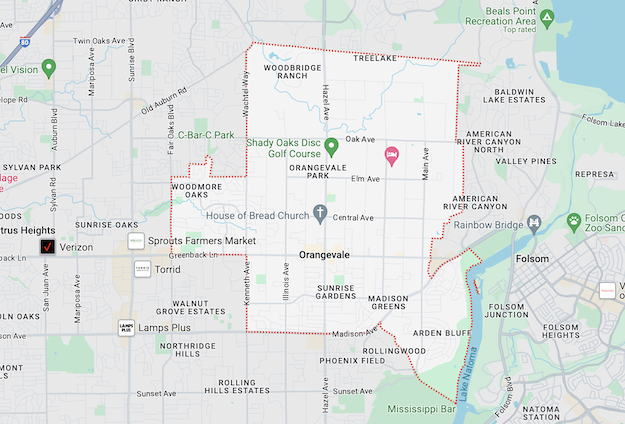
Limited time offer! Get $50 off your first pest control service.

Barrier Services
Orangevale Office
© Orangevale Pest Control 2024